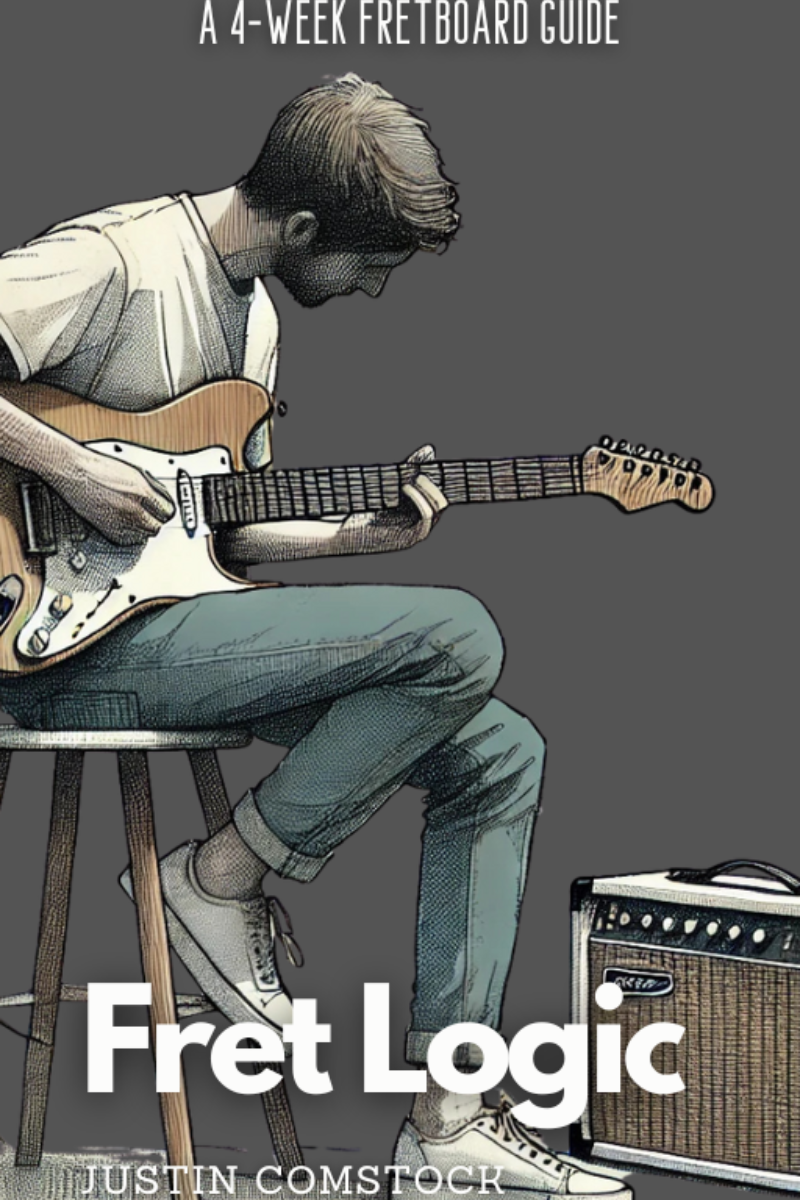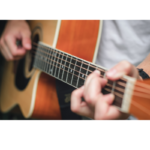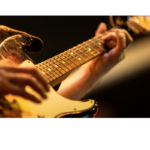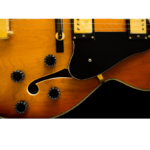What if learning guitar chords for beginners wasn’t frustrating… but actually fun?
If you’re just starting out, the guitar can feel like a puzzle with missing pieces. Your fingers don’t cooperate, your chords buzz, and every video online throws a hundred shapes at you without showing how they connect.
That’s where this guide—and the CAGED system—comes in.
Inside, you’ll learn the five most important chords every beginner guitarist must know… and how to turn them into a fretboard map that unlocks every major chord, progression, and scale.
Let’s dive in.

❌ Stop Guessing. Start Shredding.
If you’re still fumbling through scale patterns and box shapes… it’s costing you progress.
FretDeck™ is the no-fluff system that shows you exactly how to master the fretboard—fast. Early access.
⚡️ This isn’t for dabblers. It’s for players who want results.
👉 Click here to join the pre-launch now
Early access. Limited rewards. Don’t wait.
🎸 The Beginner’s Secret Weapon: The CAGED System
Most beginner guitarists struggle to connect chords up and down the neck. The CAGED system solves that by showing how five basic open chords—C, A, G, E, and D—create a roadmap across the fretboard.
It’s like learning to drive in your neighborhood before exploring the entire city.
Guitar chords for beginners aren’t just about memorizing shapes. They’re about learning why those shapes matter—and how to use them.
🔥 FREE RESOURCE: 27 Guitar Charts That Unlock the Fretboard
I created 27 Free Guitar Charts that show you exactly how to play chords, scales, and patterns using the CAGED system. Print them. Practice with them. Build your own progressions.
👉 Download the Free Guitar Charts Here
🎶 Meet the 5 Open Chords Every Beginner Needs
These five open chords form the heart of the CAGED system—and most of your favorite songs.
C Major
e|---0---
B|---1---
G|---0---
D|---2---
A|---3---
E|-------
Bright, stable, and often the first chord we meet. Play it slowly and let every note ring.
A Major
e|---0---
B|---2---
G|---2---
D|---2---
A|---0---
E|-------
This one’s great for rhythm practice. Keep your fingers tight together—space matters.
G Major
e|---3---
B|---3---
G|---0---
D|---0---
A|---2---
E|---3---
The cowboy chord. Classic, full-bodied, and a great stretch for beginners.
E Major
e|---0---
B|---0---
G|---1---
D|---2---
A|---2---
E|---0---
Want to sound bluesy? E major is your best friend. This shape teaches finger independence.
D Major
e|---2---
B|---3---
G|---2---
D|---0---
A|-------
E|-------
Compact, tight, and perfect for learning control and clarity.
⚙️ How the CAGED System Connects the Fretboard
Each of these shapes can be moved up the neck to form new chords. That’s the genius of the CAGED system:
- C ➝ A shape: Barre it and slide it = a new chord.
- A ➝ G shape: Barre and shift again.
- G ➝ E ➝ D: All climb the fretboard like a ladder.
You’re not just learning five chords—you’re learning the blueprint for all chords.
✅ Practice Tips for Mastering Guitar Chords (The Right Way)
Here’s what most beginners get wrong: they try to memorize everything without application.
Use this instead:
- Focus on one chord per day. Get it clean. No buzz.
- Practice transitions. G to C. E to A. Build muscle memory.
- Add a metronome. Rhythm is everything.
- Mix in real songs. Chords don’t live in isolation.
- Use the CAGED shape weekly. Move it. Experiment with barre chords.
🔁 Common Progressions Every Beginner Should Know
These are the patterns that power thousands of songs:
- C – G – Am – F (Pop ballad gold)
- G – D – Em – C (Acoustic storytelling)
- A – D – E (Classic rock and blues)
- D – A – Bm – G (Singer-songwriter staple)
- E – A – B (Great for 12-bar blues practice)
🧠 Sample Practice Routine: 15 Minutes to Fretboard Clarity
Warm-Up (3 mins): Finger rolls, hammer-ons, pull-offs.
Chord Focus (5 mins): Pick one open chord. Nail the voicing. Clean tones only.
CAGED Shape Shift (3 mins): Move your chosen shape up the fretboard and test different voicings.
Chord Progression (4 mins): Pick a progression and loop it with a metronome or jam track.
🎯 Next Steps: What to Learn After Open Chords
Once your fingers are fluent in open shapes and the CAGED map, level up with:
- Barre Chords – Use the E and A shapes to play major chords anywhere.
- Scales + Arpeggios – Layer them over your chords for soloing.
- Chord Inversions – Add movement and color to your progressions.
- Improvisation – Learn to tell stories with your chord changes.
🚀 Want to Go Faster? Join FretDeck and Guitar Freaks Hangout
I built FretDeck to help players like you master the fretboard—without the confusion.
👉 Join the FretDeck Kickstarter Campaign and get lifetime access to tools that turn theory into practice.
👉 Join the Guitar Freaks Hangout on Discord for daily inspiration, Q&A sessions, and student support.

Join Guitar Freaks Hangout on Discord! 🎸
Get Fret Logic FREE!
Join the Guitar Freaks Hangout Discord and get exclusive access to my entire e-book, Fret Logic! Master the fretboard and elevate your solos with this comprehensive guide.
👉 Don’t miss out—join now and download your free copy!
🎤 Final Word: Play More. Think Less.
Guitar chords for beginners don’t have to feel like homework. With the right shapes, systems, and community—you’ll build confidence and creativity.
Download your charts. Pick up your guitar. Start your own CAGED adventure today.
👉 Want to learn chord progressions in all 12 keys? Read this post on Chord Inversions
🎥 Need a visual on how the CAGED system works? Check out JustinGuitar’s intro to CAGED










